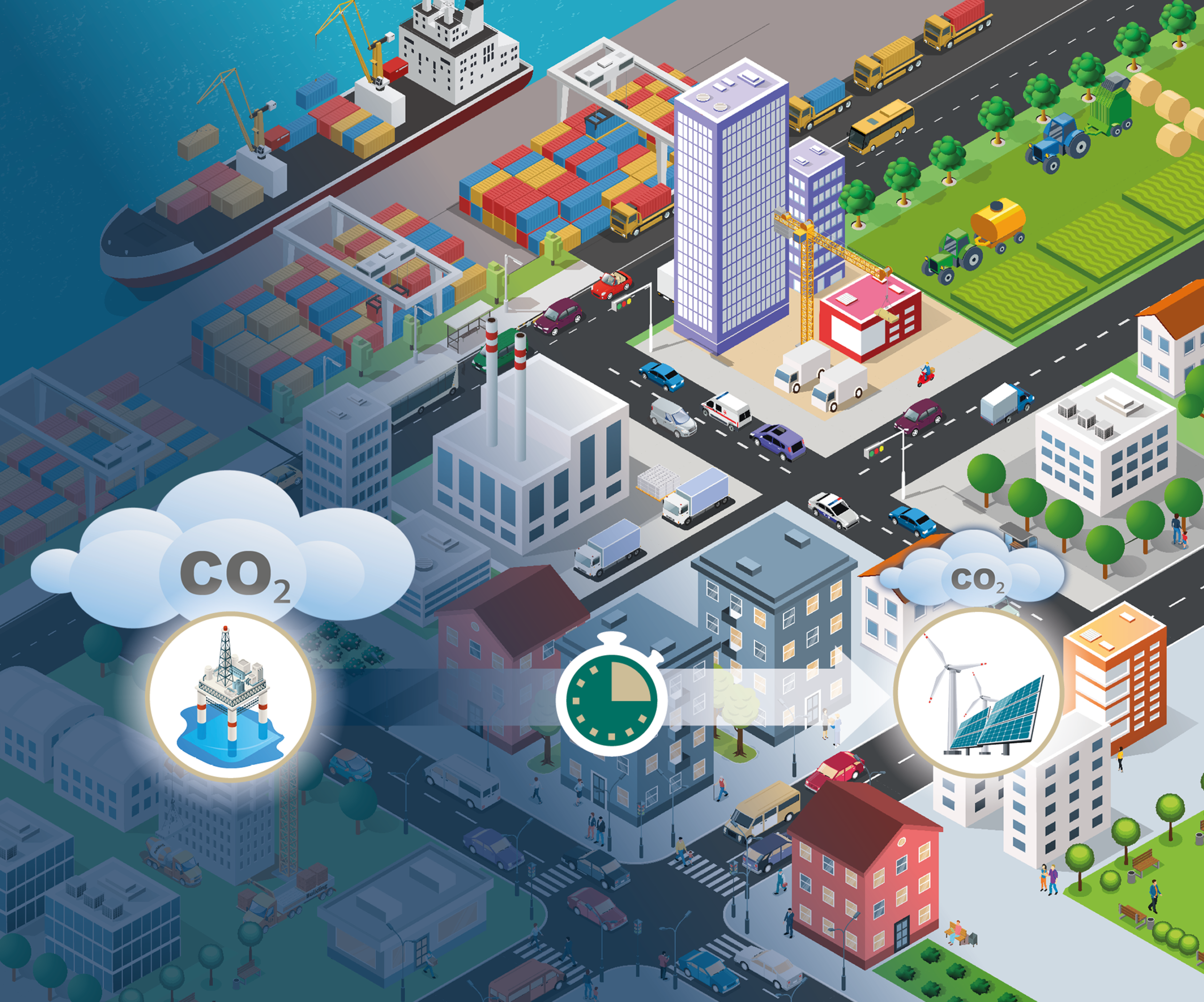Mission 5
For existing engines, switching fuel from fossil to renewable is the fastest way to improve their carbon footprint drastically – no matter what application.
Fossil energy has shaped our lives at least since the industrial revolution. It comes from fuels such as coal, natural gas and crude oil, which in turn are derived from the decomposition products of dead plants and animals. Currently, fossil fuels still account for the majority of the world's energy supply. But burning fossil fuels releases large quantities of greenhouse gases, especially CO2. And at the latest since the resolutions of the Paris climate summit, it has become generally accepted that only a limited amount of CO2 may be emitted to curb climate change: Globally, this amounts to 420 to 580 billion metric tons of CO2 equivalents. That may sound like a lot, but in 2023 alone, 37.4 billion tons of CO2 were emitted worldwide. In other words, if we were to continue at this rate, the residual CO2 budget would be used up by 2037 at the latest.
The main source of harmful greenhouse gas emissions, at around 70 percent, is the provision and use of energy. This includes in Germany around 22 percent for the transportation sector alone, which currently operates predominantly with fossil fuels and internal combustion engines. The latter will not be able to change any time soon in numerous applications, such as ocean-going shipping, because there are no marketable technology alternatives in the foreseeable future - battery-electric drives, for example, are not an alternative for container giants. They simply require a far greater energy density than chemical energy sources can provide (see Mission 3). In addition, industrial motors have an enormous service life. Given the necessary investments, using them for a long time is not only an economically decisive criterion for operators, but also an important contribution to sustainability and resource efficiency. After all, what lasts a long time does not have to be produced again at great expense and with the use of resources.
However, the combination of a lack of alternative technologies and the long service life of the engines suggests a different solution for the engine fleet: using renewable energy sources (such as solar energy, wind energy, geothermal energy, bioenergy, hydropower), it is possible to generate not only electricity and heat, but also fuels. If such chemical energy sources generated from renewable energy are used instead of fossil fuels in the future, only the amount of CO2 that was removed from the atmosphere during production will be released during combustion. The engines thus operate in a CO2-neutral manner. (see Mission 4).
Virtually all existing engines – in mobile machinery, ships and many other applications - could easily be converted to regenerative fuels, practically from one day to the next. The engines are ready for this. For the engine fleet, switching fuels from fossil to regenerative is the fastest way to a dramatically better carbon footprint - no matter what the application.


